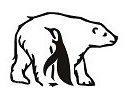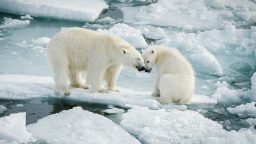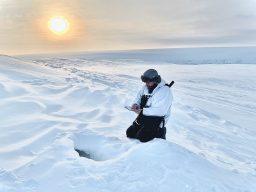
According to the International Union for Conservation of Nature, the world population of polar bears has about 26 thousand individuals. Photo from the IPEE RAS photo archive.
Polar bears are one of the largest terrestrial predators of the planet, listed in the International Red Book and the Red Book of the Russian Federation. What else is interesting and unique about these inhabitants of the Arctic? How are they affected by the neighborhood with a person, why have they been entering residential settlements more and more often lately, and how does this lifestyle affect animals? We talked about this with a leading researcher at the Institute of Ecology and Evolution named after A. N. Severtsov RAS Ilya Mordvintsev, who is engaged in the study of polar bears in the framework of the grant project of the Russian Geographical Society “Study of rare species of animals”.
— How long have you been studying polar bears during the RGS expeditions and what are the results of this work?
Our research with the support of the RGS began in 2010 and continues to this day. The first expedition took place on the island of Alexandra Land of the Franz Josef Land archipelago, which is the territory of the Russian Arctic National Park. One of the tasks that we faced at the first stage of research was to find out which methods of catching polar bears in different seasons of the year can be used with less harm to them. We analyzed the stress level by hormones when trapping animals with a hunting trap, in private, using ground vehicles, an all-terrain vehicle or snowmobile, and from a helicopter. Almost immediately, animal traps were excluded.
The bear, being in a confined space, experiences severe stress — the greatest in comparison with other ways. Pursuit using a snowmobile, all—terrain vehicle, helicopter is also not a very suitable option. The most sparing were the privadas. In a closed place, for example in an abandoned building, a group of researchers sits waiting and, as soon as the animal approaches the bait, immobilizes it.
We obtained interesting results during the RGO expedition on the islands of Bely, Vilkitsky and Shokalsky in the Kara Sea near Yamal. There, the main focus of work was to study the adaptation of polar bears to being on land during the ice-free period. It turned out that every year the number of polar bears remaining on the islands in these places increases. This is due to climatic changes: due to the earlier melting of sea ice, animals do not have time to go to the drifting ice.
— It is known that the male does not always kill cubs because of hunger, but when the female soon becomes ready to mate. Is he guided by mind or instinct?
— The polar bear is a curious, but at the same time extremely cautious and very intelligent animal that learns well and adapts to various situations. As for the case of an attack on cubs, this is purely instinctive behavior of the animal. And in general, how to evaluate the mind? For example, a bear sits at the base of a huge iceberg that has broken off from a glacier and frozen into sea ice. We notice him, decide to immobilize him. So he does not run on the ice, on which we can catch up with him, but climbs to the top of the iceberg, realizing that we cannot get there.
Or we fly by helicopter. Not far from the glacier with a sheer wall about 30 m high, we notice a bear. When we start chasing him, he does not run away from us anywhere, but runs up to the wall of the glacier and stands, realizing that we will not be able to go down by helicopter below and get him. Is it mind or instinct? Still, this is the choice of a smart behavior strategy.
— You studied polar bears on Novaya Zemlya. And those of them who are looking for food near human habitation have also become the subject of your research?
— There is a large landfill of MSW (solid municipal waste) on Novaya Zemlya. Sometimes up to 60 individuals gather on it, creating quite serious problems for the residents of the village. We studied the behavior of more than 20 bears, observed the movement of 10 females and made disappointing conclusions. According to our observations, the bears that fed at the landfill, at least the individuals labeled by us, did not go north with the ice, as, in theory, they should have behaved, but went back to the island and returned to the landfill to feed on the remnants of human food. There is a clear change in the natural behavior of these animals.
— How does this affect their physical well-being?
— We compared the microbiome of bears in their natural habitat and those who remain on the island. The microbiome of the animals present at the landfill was significantly different. If the fauna inhabiting the bear’s body in its natural environment is to some extent known, then we observe the presence of microbiome communities that are not characteristic of the polar bear as a species. The cases of registration of new pathogens in bears are also increasing. The increase in cases of the carnivorous plague virus is recorded mainly in areas where animals often intersect with humans. This dangerous disease can be carried by pets, their waste products can be in a landfill.
— If the landfill is removed, can polar bears return to their typical way of life?
— Of course, they have nowhere to go, and they will return to their natural habitat. But, having tasted human food, a polar bear, moving across the expanses of the Arctic, at the first opportunity, sensing the proximity of human habitation, will strive for it in order to find food near people. This leads to an increase in conflict situations with a person.
— Have you followed the movement of females — why only them?
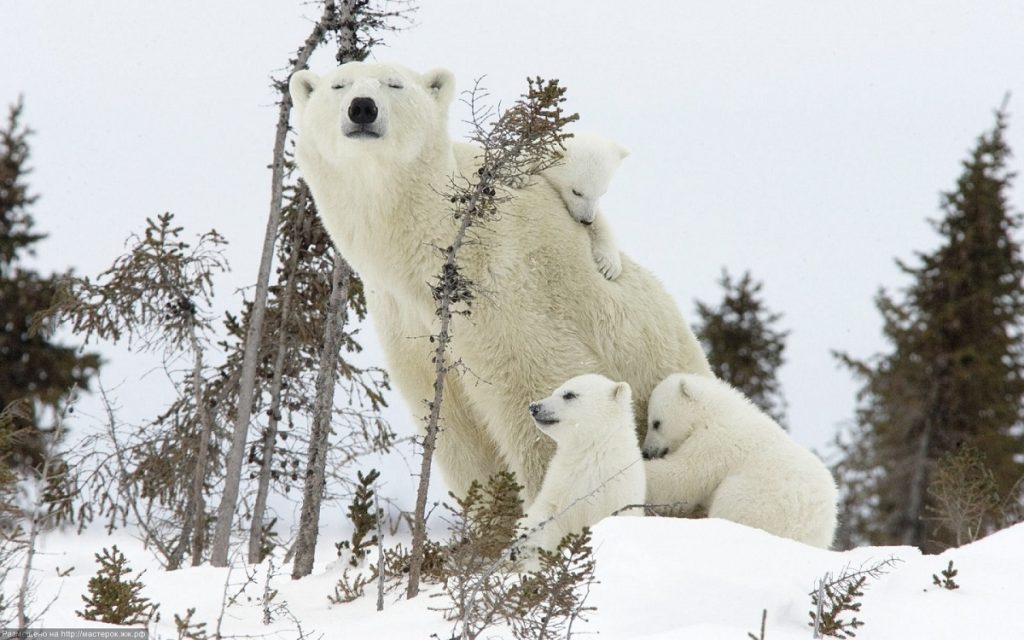
— We catch and study adult animals of both sexes, but a collar with a satellite transmitter can only be worn on a female, her neck circumference is less than the head circumference. The male has the opposite, so the collar falls off him. And most importantly — in males, when the body accumulates fat during active hunting, its rapid deposition occurs in the cervical region, so the collar can harm the animal by squeezing the neck. The male can be tagged on the coat, but such a transmitter does not work for long. If we can monitor a female with a satellite collar for one and a half to two years, then for a male with a tag – a maximum of one and a half to two months.
— It is known that the female predator seeks not only to protect and feed the cubs, but also to teach them to hunt and survive. What do female bears teach who forage for food near human habitation?
— A female polar bear trains cubs up to the age of two. These cubs will not say that they are absolutely not adapted to hunting seals in the future life, it is difficult to say this based on only two years of observations, but they are used to what is unusual for them in their natural habitat. For example, to live in such a “kindergarten”. It is often difficult to understand which bear belongs to which mother, there are so many of them, and they co-exist in a heap.
I would say that this is already an inferior animal, which, following its mother, has become accustomed to easy prey during ice-free periods. Of course, the percentage of tagged animals in relation to the entire grouping that we observed there is insignificant, so I cannot make an unambiguous conclusion that all such females, going to the ice, will definitely return to this feeding spot.
— That is, coexistence next to a person is impossible without harm to polar bears?
— On the Alexandra Land of the Franz Josef Land archipelago, the presence of people is growing every year. But human activity there is conducted quite carefully. We have not seen a reduction in the number of animal encounters on the island in different periods of the year, a significant change in behavior, as well as the state of health according to the analysis of samples collected from bears in 2022, compared with 2010, although these animals to some extent coexist with humans.
In 2021, we worked in the southern part of this archipelago and observed bears on the ice, that is, those who are in their natural habitat, engaged in seal hunting. We caught them, took samples from them and received the same data on them as the bears on Alexandra’s Land. It can be said that in this region controlled anthropogenic influence occurs without harm to polar bears.
— And are there any polar bear habitats that are not at all affected by anthropomorphic influence?
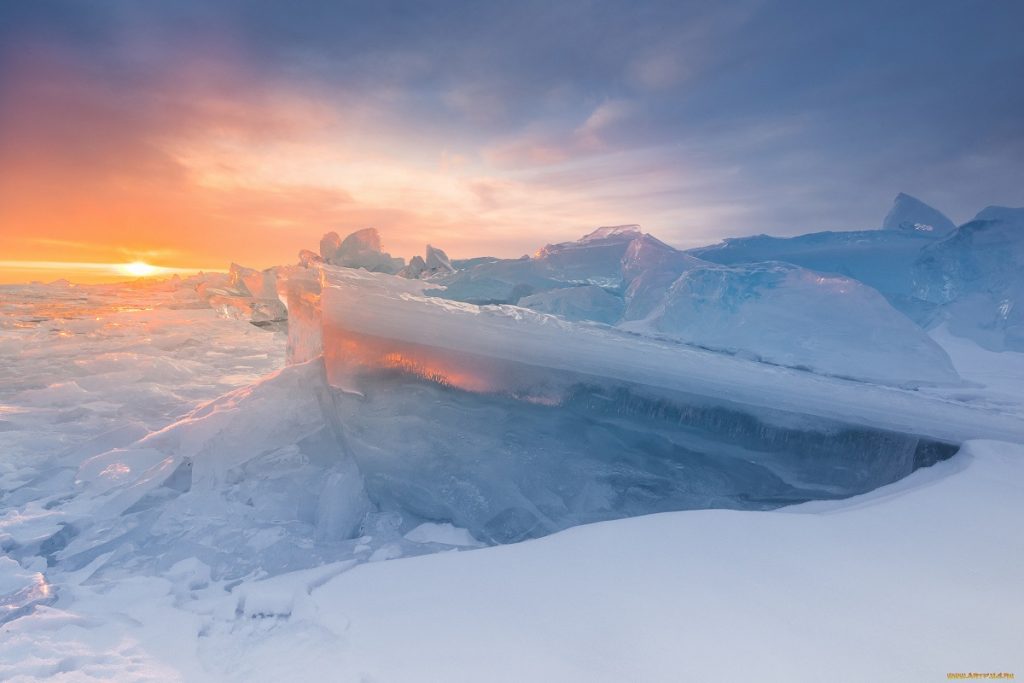
— There is no human at all in the Bear Islands archipelago, where the reserve of the same name was created in 2020. Together with his staff, we conducted research during the expedition with the support of the Russian Geographical Society in 2022. Bears come to the islands from the ice and stay on them in large numbers when the ice recedes. Moreover, they are all in good condition: 4-5 points on the fatness scale.
Why the individuals are in such good condition during the ice-free period remains to be seen. The Bear Islands can be called another “maternity hospital” of polar bears (in addition to Wrangel Island and the Franz Josef Land Archipelago), the number of ancestral dens registered by the reserve staff is growing every year. What is the dynamics of changes — this and many other questions have yet to be answered.
In 2022, a comprehensive expedition “Umka-2022” was held, organized by the RGS together with the Main Command of the Navy with the participation of the Roszapovedcenter and the company “Ecofactor”. One of its key tasks was the “White Bear Census” — monitoring polar bears on Wrangel Island using drones. They took more than 22 thousand pictures, 512 of them portraits of polar bears, recording the time and coordinates of the meeting with each animal.In total, scientists counted 864 polar bears on Wrangel Island.
— The results of the expedition are unprecedented! — said Ilya Chernook, Development Director of ANO “Ecofactor”. — There have not been such a number of digitally documented polar bears in the history of research on this animal so far. All the stars came together in this expedition: the use of innovative technologies, the organization of the expedition by the Ministry of Natural Resources, the participation of highly qualified specialists of the Wrangel Island Reserve and, of course, the help and support of the RGS. We plan to continue our research this year together with the professional team of the Russian Geographical Society.
In the future, experts plan to expand the survey area to the entire Wrangel Island, count the number of polar bears on Herald Island and in the 12-mile zone of the sea area, explore the Bear Islands and then gradually move further west, examining step by step the entire Arctic zone of Russia.
By Marina Kruglyakova
